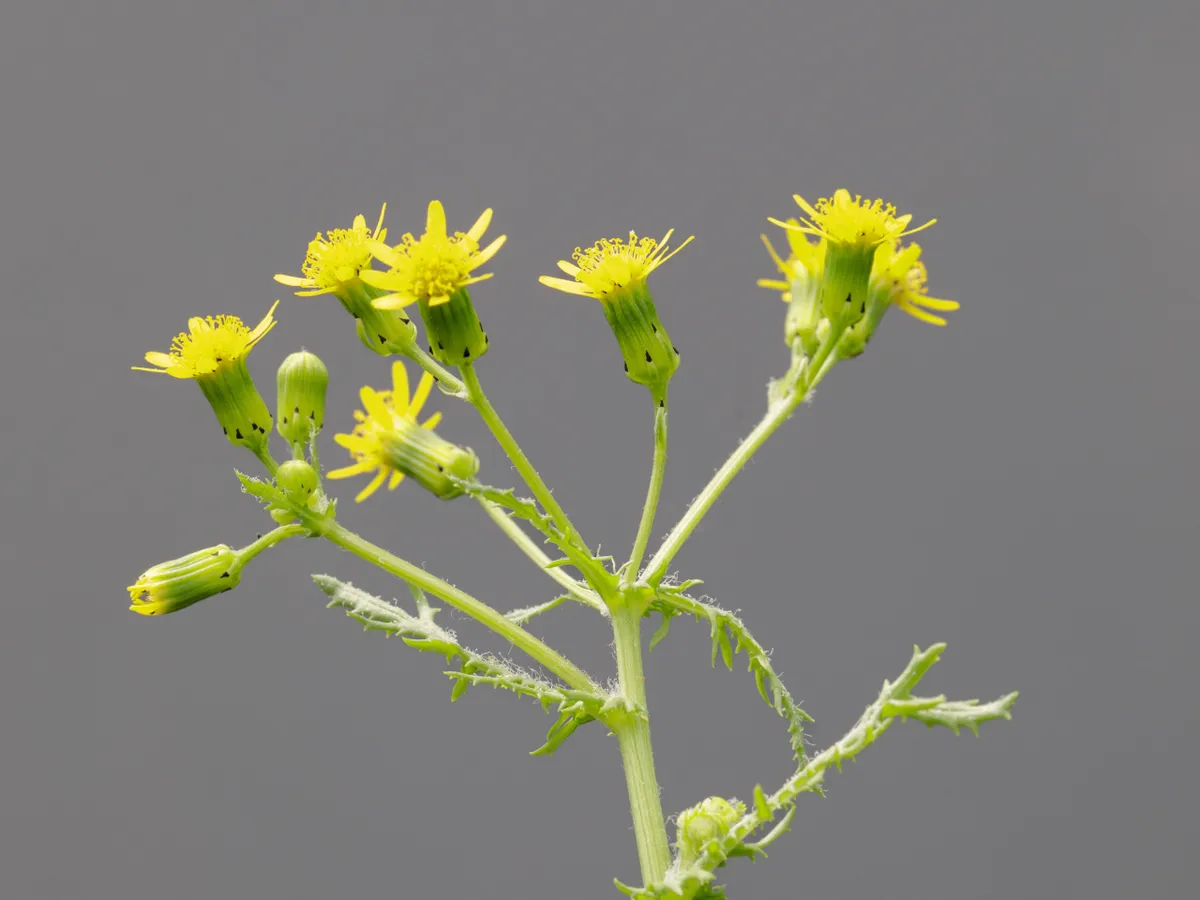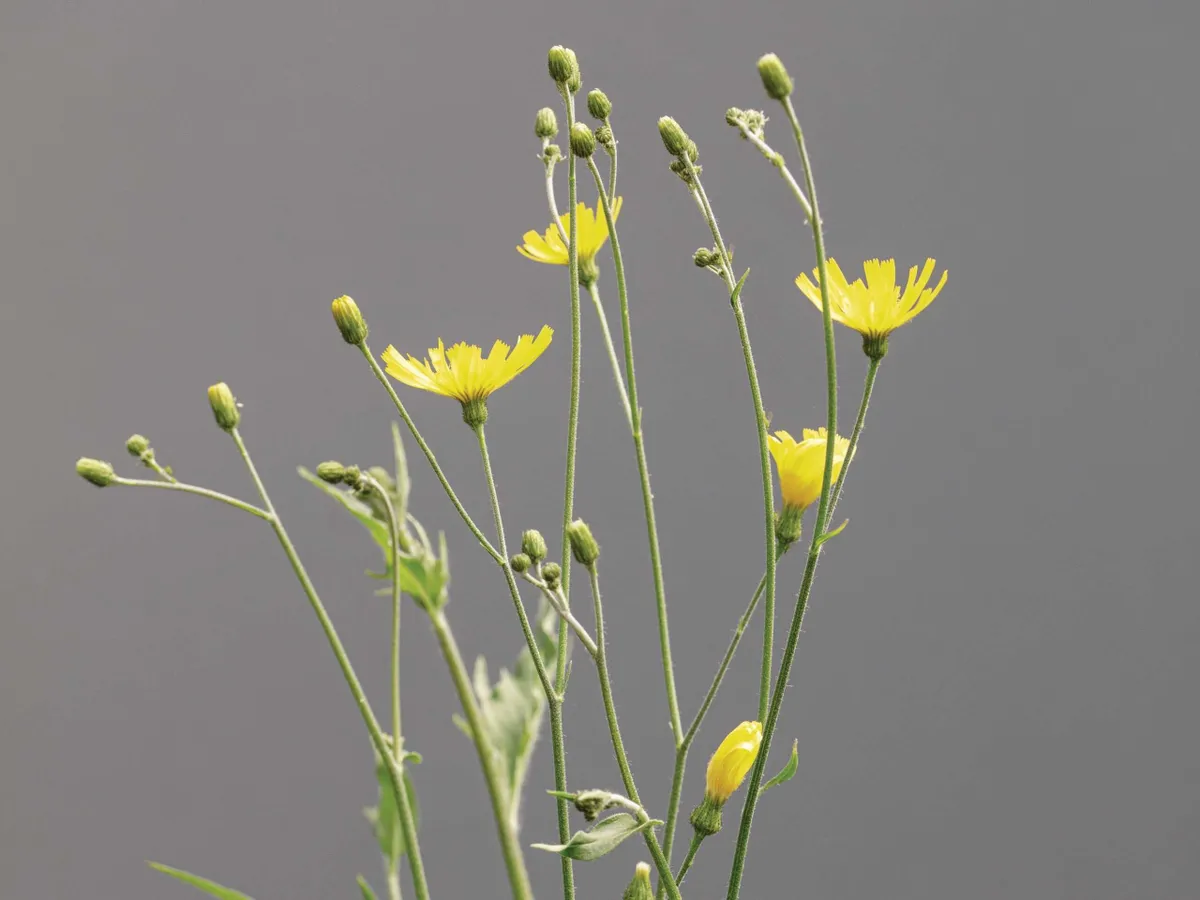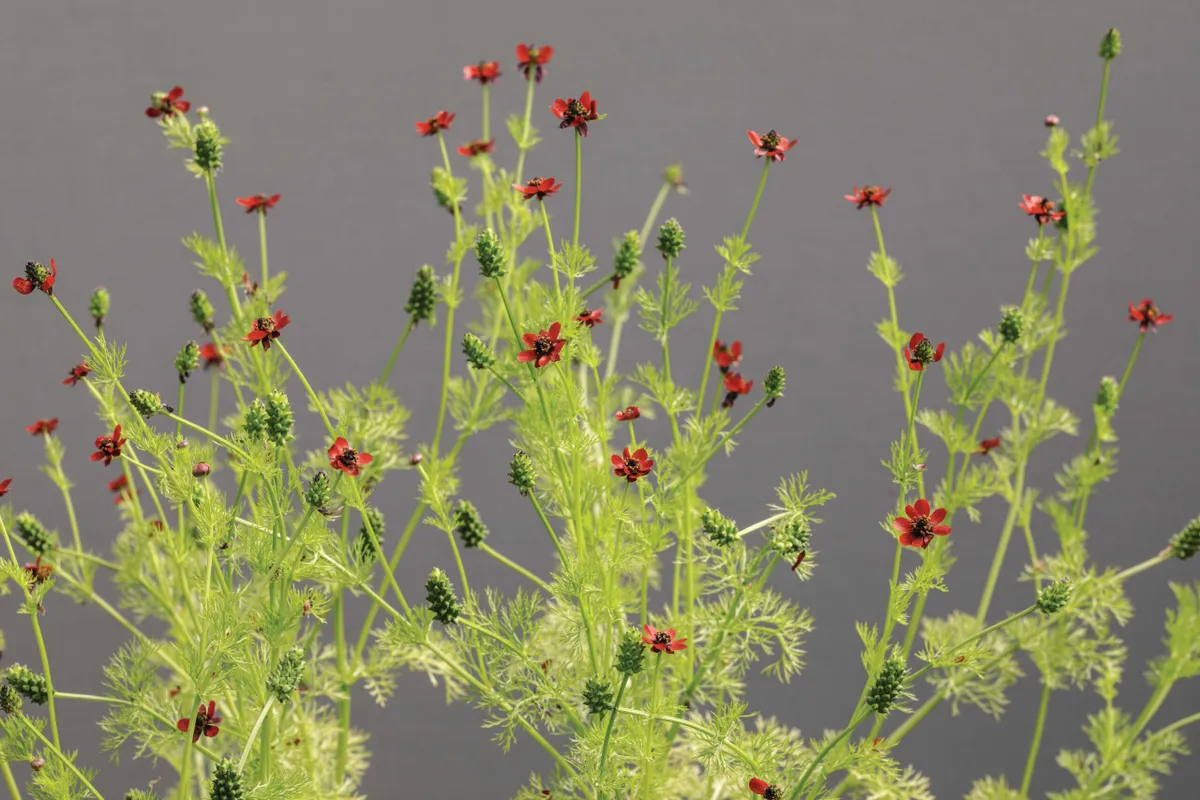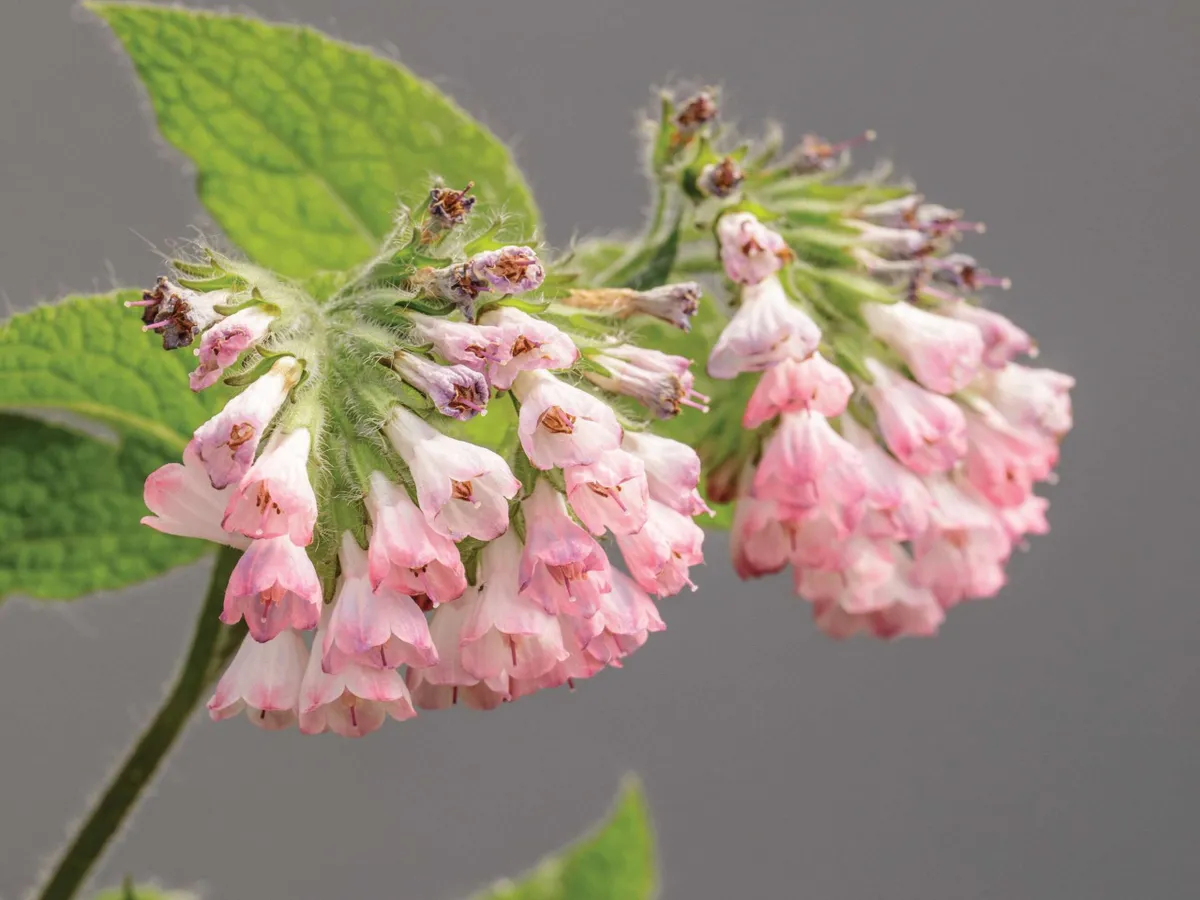If someone told you they had raised, say, a dodo, or a dinosaur, you’d find it hard to believe, but Andrew Shaw has done just that – resurrected an extinct species. Founder of the Rare British Plants Nursery, he specialises in cultivating endangered native plants, and last year, he brought York groundsel back from the dead.
You may also like
- The nursery specialising in fancy weeds
- The best organic nurseries
- Peter Korn's pioneering nursery near Malmo
- Where garden designers buy their plants
Endemic to England, in fact, to York – meaning it only grew there – York groundsel (Senecio eboracensis) could once be found growing wild on wastelands, train tracks, footpaths and car parks around the city. The last-known plant died in 2003, and there were no examples left in cultivation. But Kew’s Millennium Seed Bank, did have some 20-year-old seeds in cold storage, which they sent to Andrew and which, miraculously, he got to germinate. And so he brought York groundsel back to life.

You might imagine that the setting for this sort of endeavour is clinical and lab-like, all microscopes, Petri dishes and white coats, but the Rare British Plants Nursery looks like any other nursery: pots in a polytunnel. Its exact location, near Builth Wells in Wales, is a loosely guarded secret. Andrew moved here about 25 years ago, to a 40-acre smallholding with a neat farmhouse and wide-ranging views, where he could indulge his love of natural history.
I grow everything I can get my hands on
Andrew trained and worked as an ecologist, advising developers on protected species. “But botany was my main passion,” he says. “I collected a lot of stuff as I was going about the country, and suddenly people started asking me for a sample of this or that. Before you know it, I’ve got people from Kew and the National Botanic Garden of Wales visiting, and I’m getting asked to do recovery projects. Most botanists don’t grow things – it’s not about cultivation for them, it’s just about identifying plants. Whereas I grow everything I can get my hands on.”
Now his day job involves growing scarce and threatened native plants for habitat restoration schemes, working with wildlife trusts and organisations such as Natural England to restore wild populations.
Beacons hawkweed (Hieracium breconicola), one of the rarest plants on the planet
Another of his recent successes is Beacons hawkweed (Hieracium breconicola), one of the rarest plants on the planet. The entire global population consisted of one lonely plant, hunkered down on a mountain ledge in the Brecon Beacons, before Andrew began a species recovery project in 2021, propagating and growing back-up plants to return to the wild.

Andrew also holds an extraordinary collection of rare British plants, many of which are obscure or no longer exist in the wild. Plants that naturally occur at opposite ends of Britain – on the Lizard Peninsula in Cornwall and a windswept, rocky outcrop in the drooping saxifrage (Saxifraga cernua), known from just a few places in Scotland. “It has to be a contender for one of the most threatened plants in Britain, because it’s at the southernmost edge of its range,” he says, “and with climate change, it’s basically stuffed.”
Andrew’s treasures have evocative common names such as stinking goosefoot
Then there’s floating water-plantain (Luronium natans), a rare aquatic plant from the Montgomery Canal, which a local fisherman posted to Andrew to identify after it kept snagging his fishing line; and limestone woundwort (Stachys alpina), a pretty perennial herb that was restricted to just two sites in the British Isles, but has now been introduced to a churchyard in Gloucestershire.

Many of Andrew’s treasures have evocative common names such as stinking goosefoot, starfruit, moon carrot and viper’s grass, and he can, and does, wax lyrical about these plants for hours; each one just as fascinating to him as the last. Where most people see weeds, he sees important native plants threatened by habitat degradation, typically from development or overgrazing and other modern land management practices. “We are the intelligent species on the planet, so I think we’ve got a responsibility and a moral obligation to look after stuff, especially if we caused its demise in the first place. And I can do my little bit on the native plants that I know about.”
We’ve still got plenty of species that don’t grow anywhere else in the world
Native plants are currently a hot topic in horticultural circles, with pressure on gardeners to grow more; but the oft-cited argument against filling our plots with them is that there simply aren’t that many British natives, and the ones we do have aren’t really garden-worthy. “We are relatively species-poor here because of geographical location and climate,” says Andrew, “but there are some beautiful things that are native, if rare, because they’re not cultivated commercially. We’ve still got plenty of species that don’t grow anywhere else in the world, and we should be looking after them. It’s shocking that there’s not more interest in them.”

Andrew is particularly interested in the genetic variations that occur in the same species in different locations, and in new types of plant that spontaneously pop up. One example is Barton Road comfrey (Symphytum x perringianum), a hybrid now found on just one Cambridge street. “This is why gardens are so interesting – because of the stuff we unwittingly release into the wild.
You may not realise that the clump of something outside your house may be the only one of its kind
Things mix with each other that would never normally meet. You may not realise that the clump of something outside your house that you take for granted may actually be the only one of its kind in the world. Evolution is happening on the streets of our cities.” There’s no special trick as to how Andrew propagates these plants – for annuals, he simply sows the seeds in a few different ways based on conditions the plants would like in the wild. Once he has produced a back-up population and enough seed, he broadcasts it at a suitable site for repopulation and sees what happens.
Perennials are trickier to establish, so instead of broadcasting seed, he will grow on and then introduce plants. The key to success, he says, is picking the right location. “I’ve been known to take one hour to plant a single plant, just to find the spot that I think is right. It is nerve-racking when you only have a very small amount of a plant, and you know that you can never get any more. But I don’t think I have failed with anything in all the years that I’ve been doing this.” He grins. “Nothing’s beaten me yet.”
Find out more at rarebritishplants.com
